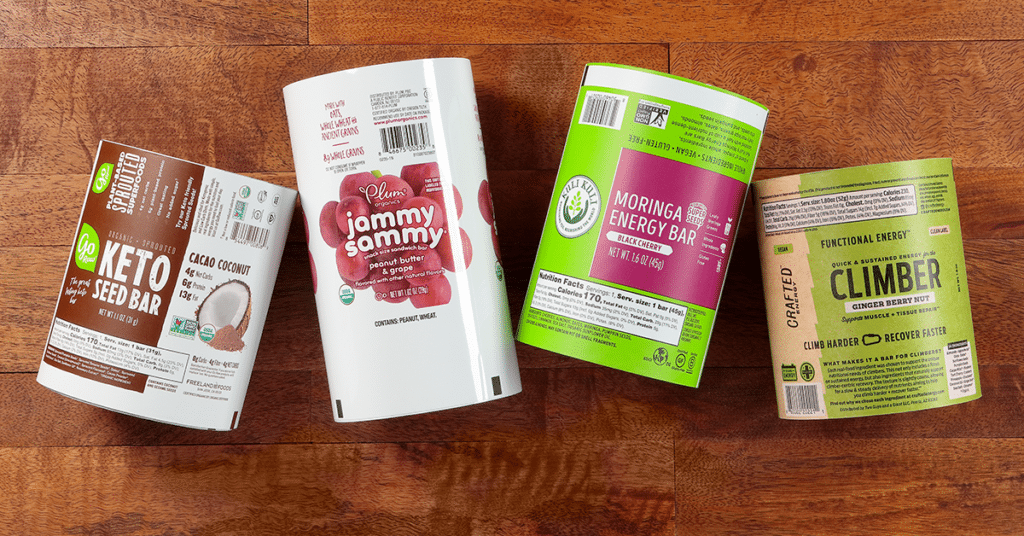
Introduction to Inks for Corrugated Packaging
In recent years, the demand for inks for corrugated packaging has surged, driven by a boom in e-commerce and the need for sustainable packaging solutions. These inks are pivotal in creating vivid, attractive, and informative packaging that captures consumer attention. Whether you’re a business owner or a marketing professional, understanding the ins and outs of these inks can give you a competitive edge.
Types of Inks Used in Corrugated Packaging
Water-Based Inks
Water-based inks are among the most popular options for corrugated packaging. They are environmentally friendly and produce minimal volatile organic compounds (VOCs). This makes them a favorite for brands aiming to reduce their carbon footprint. Additionally, water-based inks offer vibrant colors and excellent print quality.
UV-Curable Inks
UV-curable inks are cured using ultraviolet light, providing quick drying times and high durability. They are ideal for high-speed printing and provide excellent adhesion to a variety of substrates. This type of ink is especially suitable for high-quality graphics and images.
Solvent-Based Inks
Solvent-based inks are known for their strong adhesion properties and durability. They are water-resistant and offer good color intensity. However, they do emit VOCs and require proper handling to ensure environmental safety.
Benefits of Using Specialized Inks for Corrugated Packaging
Choosing the right ink can significantly impact the effectiveness and sustainability of your packaging. Here are some key benefits:
Enhanced Print Quality
Specialized inks ensure high print quality, making your packaging more appealing to consumers. High-quality printing can help convey brand messages more effectively and enhance customer experience.
Sustainability
With growing environmental concerns, sustainable inks are becoming increasingly crucial. Water-based and UV-curable inks are examples of environmentally friendly options that reduce ecological impact.
Cost-Effectiveness
Using the right inks can lead to cost savings in the long run. Durable inks reduce the need for reprints and wastage, while water-based inks may offer savings on environmental compliance costs.
Challenges in Using Inks for Corrugated Packaging
Adhesion Issues
Ensuring proper adhesion of inks to corrugated surfaces can be challenging. Different substrates and coatings may affect how well an ink adheres, necessitating thorough testing.
Environmental Regulations
Regulatory compliance is crucial in the printing industry, especially concerning VOC emissions. Businesses need to stay updated with regulations to avoid penalties and ensure sustainability.
Future Trends in Inks for Corrugated Packaging
Smart Packaging
Smart packaging solutions are emerging as a significant trend. These include QR codes and NFC technology, which require specialized inks for optimal functionality.
Biodegradable Inks
As environmental concerns grow, the development of biodegradable inks is gaining traction. These inks break down naturally, reducing environmental impact.
Conclusion
The world of inks for corrugated packaging is vast and evolving. By understanding the different types of inks, their benefits, and the challenges involved, businesses can make informed decisions that align with their branding and environmental goals. As technology advances, we can expect to see even more innovative solutions in this crucial aspect of the packaging industry.

FAQs
What are the most sustainable inks for corrugated packaging?
Water-based and UV-curable inks are considered the most sustainable due to their low VOC emissions and environmental impact.
Are solvent-based inks suitable for all types of packaging?
Solvent-based inks offer excellent adhesion but are not suitable for all packaging types due to their VOC emissions. Proper ventilation and handling are essential.
How can I ensure the best print quality with my inks?
Choosing the right ink type and ensuring proper substrate preparation can significantly enhance print quality. Regular testing and quality control are also crucial.
For more insights on ink performance, visit ink performance on paper packaging and explore food-grade inks.
This article contains affiliate links. We may earn a commission at no extra cost to you.






